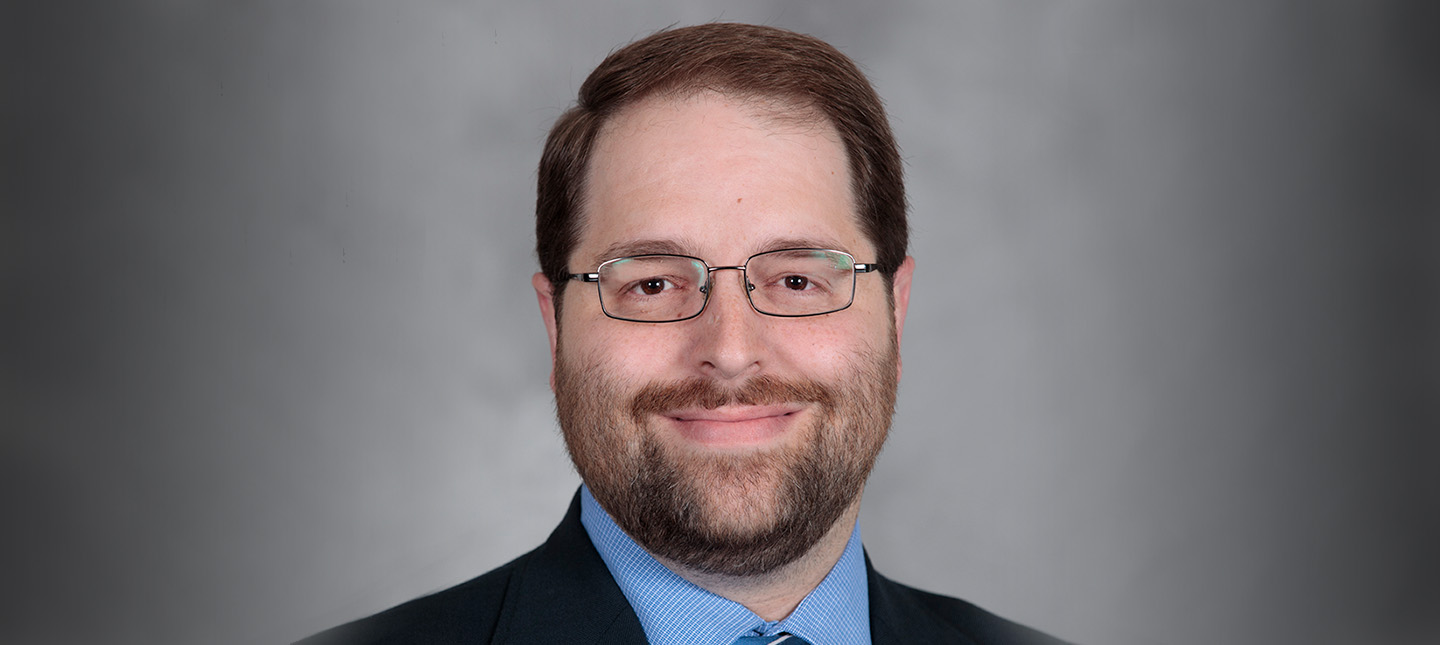There are significant opportunities for change in provider education today. Each morning I get to come into our new offices at the Regenstrief Institute in Indianapolis, Indiana and work with a talented and passionate team with a mission to improve care and education through tools like the Teaching EMR. The research and tools that we produce here, in turn, help educators and providers like yourself do what you love – improve student learning and care for the patient populations that you serve. So, indirectly I’m part of the greater ecosystem that is improving health care for patients today and through the preparation of future providers.
I’m humbled by the tremendous opportunity and privilege to work with such a dedicated group of partners, team members, and community in health care. As the software product manager for the Teaching EMR, I have the responsibility for helping shape the direction we take with the product and working with great partners like the Indiana University School of Medicine, Eskenazi Health, American Medical Association, and many others. All provide valuable contributions and support for transforming education through the development and use of our software application for students and educators.
The Development of the Teaching EMR
I was reminded this morning while talking with our lead engineer, Josh, on the Teaching EMR that we are not just researchers or a software business, but that we have developed and worked on an actual Meaningful Use Stage 2 Certified EMR. I sometimes forget that simple fact. A few feet away sits teams of people that develop, manage, and support the EMR & CPOE system that our provider education EMR is originally built upon. Of course, we have added to it and improved the EMR to better serve the education community.
We crafted the Teaching EMR out of an enterprise-grade commercial EMR that is still used in practice today on the hospital campus just a short walk away. In fact, I just returned from having lunch on the hospital campus a few moments ago. The original education use case was for our partners at the Indiana University School of Medicine (IUSM) for their AMA grant on Accelerating Change in Medical Education that began in 2013. The five-year grant is ending its second year, and we went live with the EMR application on August 10th with about 350 second-year medical students at IUSM.
If you are curious how you might use an EMR in your curriculum, IUSM has been generous enough to share a sample of the type of curriculum that might spark your creativity for your program’s curriculum.
Are you using an EMR in the classroom today?
If you are like most programs, the answer to that question can be somewhat of a loaded question. I have heard from many schools a variety of answers on how and when they are introducing and using an electronic medical record (EMR) system with their students. Today, the Teaching EMR from the Regenstrief Institute is being used in medical education, but other provider and health programs have expressed a strong interest in bringing our application to their students. We feel the exposure to students sooner in their education will improve their ability to provide better care in the future.
Our partners like the American Medical Association (AMA) believe in our mission to enhance education for students through the use of tools like the Teaching EMR. In fact, they have been a catalyst for bringing the application to medical education programs. I will be sharing more in the future about our growing partnership with them and others.
We are not alone in this mission to transform medical education using technology-enhanced learning solutions. We do hope you will join our community we are building around EMRs in the classroom and ultimately the advancement of health care delivery science.








